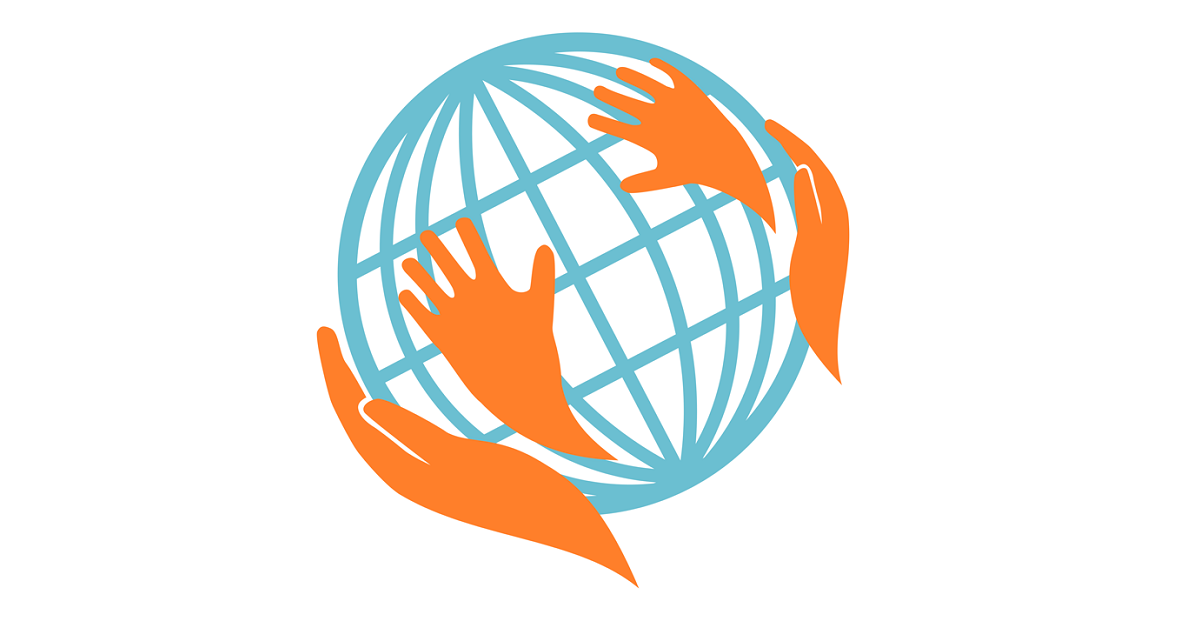Recognising Children’s Rights in Responses to COVID-19

Author/Posted by: International and Canadian Child Rights Partnership
We are all trying our best to deal with the COVID-19 pandemic crisis, be it from governments seeking to protect public health and livelihoods, to key workers trying to ensure essential services are maintained, to many of us trying to maintain social distancing and self-isolating as individuals and for our families. But in the immediacy of responding to the crisis, adults can focus on protection and overlook the part children can and do play in the fightback to the crisis.
Why does it matter? The International and Canadian Children’s Rights Partnership (ICCRP), have just finished a four year project with partners in Brazil, Canada, China, South Africa and the UK, that has been looking at children’s human rights in situations of international child protection. In emergency contexts, it is easy to concentrate solely on children’s physical protection, and not recognise the emotional and social protection of children as well. But to come out of the emergency, all aspects are necessary for children to flourish.
It is also easy to ignore children’s participation rights – rights to have information, to provide information, to have their views considered and enacted in decisions that affect them – which are also key rights established by international conventions like the United Nations Convention on the Rights of the Child. Our project, often working in sites of immediate and ongoing fragility, demonstrates that not involving children leads to poorer decision-making and thus poorer outcomes for both children and their communities.
Children’s participation enhances efforts addressing children’s best interests and ensuring children’s best interests are addressed means that children can participate.
Frequently those working with children talk about the tensions between children’s best interests and children’s participation. Or we talk about balancing them. Our project points to neither really recognising the potential of, and commitment to, children’s human rights. Children’s participation enhances efforts addressing children’s best interests and ensuring children’s best interests are addressed means that children can participate. Take the example of the Youth Forums in the rural Eastern Cape province in South Africa. Children and young people there surprised adults. The children prioritised providing electricity, because this would allow them to travel home safely at night and to complete their homework, and other essential tasks. Children’s participation and children’s best interests work best together.
And, perhaps even more importantly, when children’s participation rights are recognised and supported in international child protection, resources are better directed to improve children’s outcomes and, further, children’s contributions to their families, communities and societies’ wellbeing can be substantial. For example, children’s participation in a radio education project following Ebola in Liberia helped support child and community education and health. Children’s own contributions can obtain the best resource investment.
Our project highlights the need to go beyond our households and our nation states, to not lose sight of our obligations to those children and their families who are out of place. This includes those who are homeless, children and mothers in domestic abuse shelters, children who are in care, refugees and migrants. For example, our South African and Brazilian colleagues are bracing themselves as the pandemic comes to large fragile communities, while other partners working in refugee camps and supporting migrants are seeking to put in measures to deal with the crisis. Our new recognition of society does not end at our doorstep – if we are lucky enough to have one — nor the end of our street. A human rights approach emphasises our commonality as human beings and the pandemic crisis is showing just how interdependent and interconnected we all are.
And children have shown us the way on how to join together. The activism of children on climate change globally had finally galvanised the adult world to recognise the urgency to address climate change. The activism has now moved online, responding to shutdown realities. Our project similarly shows the power of children’s participation, their ability to identify and contribute to solutions, in time of crisis and in questions of protection. Young people are supporting public policy decision making in the state council on the rights of children and adolescents in Rio de Janeiro (Brazil), the Youth Voice Committee in New Brunswick (Canada), and child protection strengthening in China.
As we all do our best in the COVID-19 crisis, we must not forget children’s rights to protection, provision and participation.
In short what is the headline message from our project? As we all do our best in the COVID-19 crisis, we must not forget children’s rights to protection, provision and participation. To address them holistically is required, not only as a human rights’ obligation, but in recognition that when children flourish so do our families, communities and societies.




Comments are closed
Comments to this thread have been closed by the post author or by an administrator.